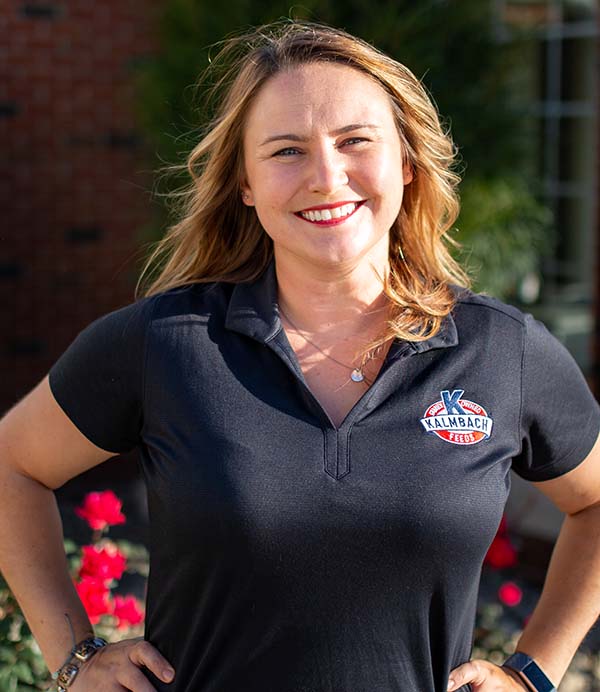Goat Feed and Goat Grain 101: The Basics

Goats are a wonderful addition to any farm. They can help your homestead accomplish several goals – growing sustenance, creating profit, adding grazing diversity, achieving sustainability and even adding entertainment. They are also a cost efficient way to dip your toes into the world of ruminants. Whether you are thinking about raising goats, learning about goat feed, you’re new to raising goats, or you have been raising them for years, here are some basic feeding guidelines to keep in your toolbox.
Feeding Goats with Purpose
When selecting your feeding program, start by asking yourself, “What am I trying to accomplish?” Are you feeding for milk or meat production? Are you feeding to maintain your pet goat’s healthy weight? Feeding programs should be put together with an end goal in mind.
Goats being used for production have higher nutrient requirements than goats at maintenance. It takes a lot of energy to produce milk or grow muscle. Making sure that you provide the right amount of feed is very important. Most mature ruminant animals (cattle, sheep and goats) will eat around 2% of their body weight on a dry matter basis. For example: a 50 lb. goat will need 1.0 lb. of food, or 1.5 lbs. of food when converted to as fed. Those 1.5 lbs. typically include both feed and forage. A young growing goat that same size can eat 2-3 lbs.
Understanding the Benefits of Goat Feed and Forage for Goats
It is important to understand the benefits of feeding both feed and forage. When compared to grain, forage usually provides less energy and more fiber. Pygmy and Dwarf breeds tend to do well on a forage-based diet with grain provided solely as a treat. Vitamin and trace mineral requirements can be met by providing a free-choice loose mineral or block. Meat and Dairy Goat breeds need more energy than most forages can provide, which calls for an increased level of feed in their diet and usually higher feed intake. Forages are also important in diets that are primarily composed of feed. Pasture grazing and stored forages offer what is known as “scratch effect” which stimulates the rumen and promotes gut motility.
Types of Goat Feed Products
Complete goat feeds are formulated to meet the nutrient requirements of goats without the need for added supplements. These products can be found in both pelleted or textured form. Textured feeds (also known as sweet feeds) typically include some sort of pellet, grains, and a little bit of molasses.
Supplements are designed to be mixed with grains like corn and oats to create a complete ration. As long as the supplement is mixed at the rate specified by the mixing directions, the finished mix will provide all of the nutrients that they need.
Top-Dresses are designed to complement existing rations. These products allow you to safely tweak an existing ration while not compromising its nutritional integrity.
It is very important to follow feeding directions and mixing rates on supplements and top-dress products. If ingredients that aren’t fortified get added to the ration or mixed at higher than recommended rates, the vitamin and mineral contribution from the supplement portion will end up diluted out and potentially insufficient.
Goat Feeding Tip: If you are feeding a group of goats together it is always a good idea to have some sort of free-choice mineral available. Sometimes competition at the feed bunk can result in inadequate feed intake for smaller members of the herd. Our 2:1 Goat Mineral or our Goat Mineral Block is the perfect addition to any feeding program.
